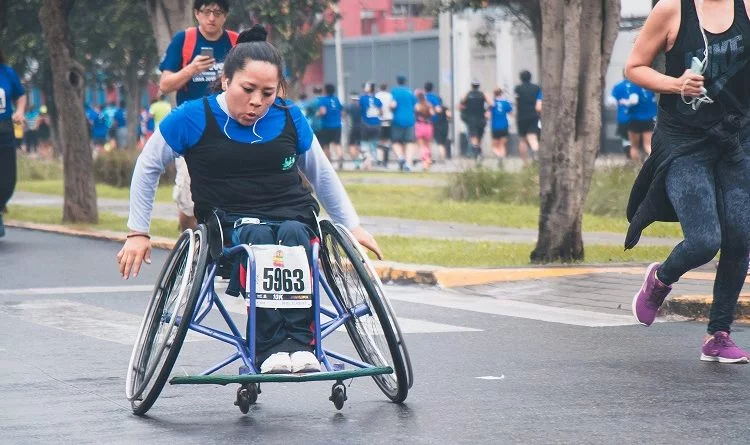Canada is working toward becoming a barrier-free nation by 2040 under the Accessible Canada Act (ACA). This plan targets seven priority areas, from employment and transportation to the built environment and accessible technology, with a focus on engaging people with disabilities in shaping solutions. Key programs like the Enabling Accessibility Fund and the Accessibility Strategy for the Public Service are driving progress through funding, inclusive hiring, and accessibility improvements in communities and workplaces.
Learn more about Canada’s plan to be barrier-free by 2040 under the Accessible Canada Act.
Canada is actively pursuing numerous initiatives to become a barrier-free nation by 2040, as mandated by the Accessible Canada Act (ACA). These initiatives focus on identifying, removing, and preventing barriers across various sectors, with a strong emphasis on the proactive involvement of people with disabilities.
- The ACA, enacted in 2019, is the cornerstone of Canada’s accessibility efforts.
- It aims to create a Canada without barriers by 2040 by focusing on proactive identification, removal, and prevention of accessibility barriers.
- The ACA establishes Accessibility Standards Canada, responsible for developing and revising accessibility standards, providing information, and supporting research.
2. Priority Areas of Focus:
- The ACA identifies 7 priority areas for barrier removal: employment, built environment, information and communication technologies (ICT), communication (other than ICT), design and delivery of programs and services, procurement of goods, services, and facilities, and transportation.
- Each federal department is tasked with developing accessibility plans that address these priority areas.
-
Provides funding to make communities and workplaces more accessible for people with disabilities.
-
Aims to create a public service that is accessible by default for both employees and the public, with a focus on hiring more people with disabilities.
-
Departmental Accessibility Plans:
Various government departments, like Environment and Climate Change Canada, Global Affairs Canada, and the Royal Canadian Mounted Police, have developed their own accessibility plans outlining specific actions to remove barriers within their respective domains.
-
Consultation with Persons with Disabilities:
A central theme across many initiatives is the importance of consulting with people with disabilities to ensure that accessibility efforts are effective and meet their needs.
-
Built Environment:
Improving accessibility in buildings, ensuring accessibility clauses in leases and service contracts, and making progressive improvements to washrooms.
-
Employment:
Implementing targeted recruitment strategies and programs to increase the representation of people with disabilities in the public service.
-
Information and Communication Technology (ICT):
Ensuring websites and digital tools are accessible and inclusive.
-
Training:
Providing accessibility awareness training for employees, including managers, to foster a more inclusive and accessible work environment.
-
Feedback Mechanisms:
Establishing clear processes for providing feedback on accessibility, ensuring accessible methods are available.
5. The Role of Community Engagement:
- The Rick Hansen Foundation plays a role in promoting accessibility through community engagement, education, and fundraising.
- Community members are encouraged to participate in initiatives like scheduling accessibility ratings for buildings, finding ways to make community spaces more accessible, and supporting organizations like the Rick Hansen Foundation.







